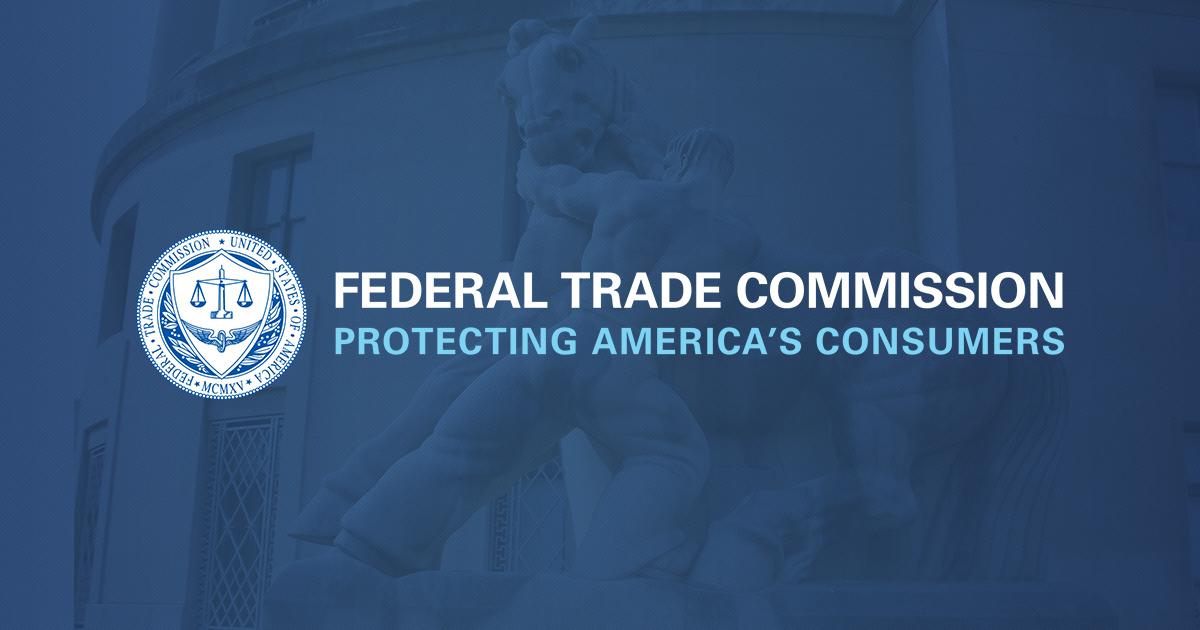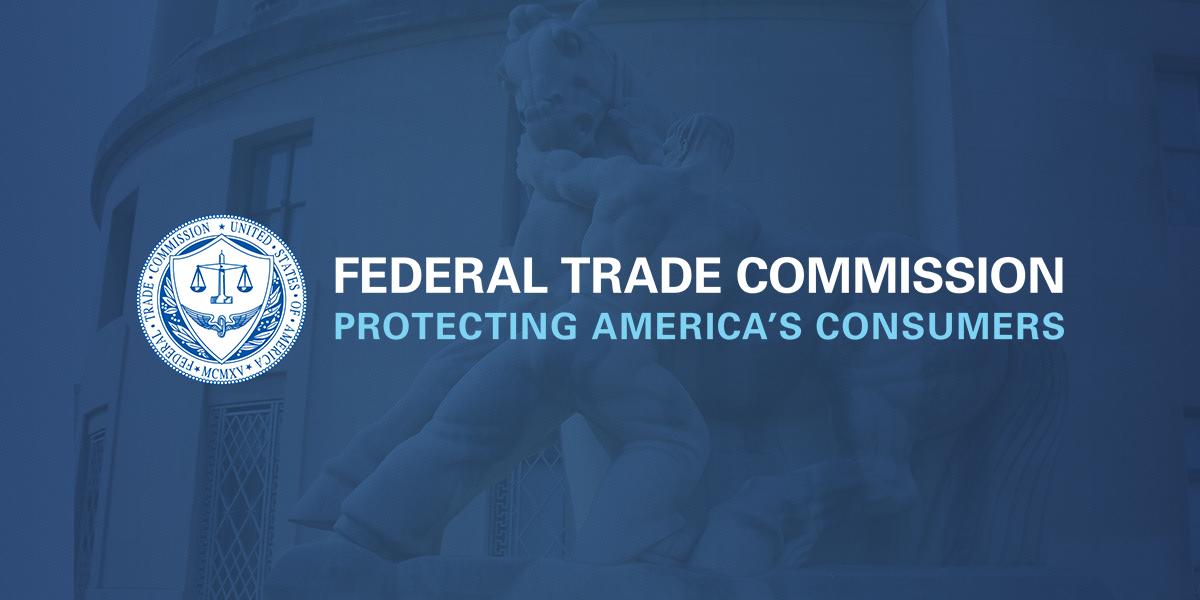Persuading on Paper: Written Advocacy to the FTC’s Bureau of Competition

Persuading on Paper: Written Advocacy to the FTC’s Bureau of Competition
The Front Office of the FTC’s Bureau of Competition receives a great deal of advocacy from the bar. Virtually every day, parties and their counsel make arguments and present evidence to us regarding the various merger and conduct matters handled by the Bureau’s various Divisions. Some of this advocacy is conducted in person, but much of it takes place on paper, in the memoranda universally known as “white papers.” In some ways, white papers can be even more useful than in-person presentations at 600 Pennsylvania Avenue: they can be read (and re-read) carefully; they can be distributed to a wider group than the handful of attendees at a meeting; and they reduce the risk that your carefully chosen words will be misremembered or misunderstood.
Most written advocacy to the Bureau is of an extremely high quality, reflecting the caliber and experience of the counsel who appear before us. Nevertheless, sometimes we notice that there’s some room for improvement. To that end, last month I wrote a very short blog post for the Bureau’s Competition Matters blog on the importance of brevity in white papers. And now, I’m writing to share some further thoughts on how to use them effectively. Of course, it’s up to parties and their counsel to decide how to advocate to us: these comments are just intended to give a window into what we find helpful when reading through the work product that we receive daily from parties, complainants, market participants, and others.
A white paper to the Bureau, like any other form of written advocacy, is helpful only insofar as it achieves four basic but crucial objectives. From most important to least important, those objectives are: honesty, clarity, brevity, and timeliness. I’ll say something about each of those in turn.
Honesty. First, in every sense, is honesty. Candor is the single most important measure of written advocacy, and a submission to the Bureau must be scrupulously honest. Of course, this means above all that parties should resist the temptation to shade the facts or the state of the law in ways that will not survive contact with the underlying documents or with fair-minded legal research. As Bruce Hoffman and Heather Johnson have pointed out in another recent blog post, FTC rules prohibit unprofessional conduct in general and misleading representations in particular, on pain of suspension or disbarment from practice before the Commission.
Happily, outright misrepresentations are rare in submissions to the Bureau. But a related problem can arise when advocates ignore bad or difficult facts and focus on what they think will be the more helpful ones. This kind of approach can lead to statements that are literally accurate but are misleading in context, or which totally fail to grapple with a difficult issue. In some recent cases, parties’ submissions have attempted to duck a key issue that they have been expressly asked, by staff or the Bureau, to address. Don’t do this! If there is a tough fact, document, or argument that undermines (or might wrongly be thought to undermine) your position, it’s imperative to acknowledge it in full, right up front, and address it with your best response. Gamesmanship, or ignoring something and hoping for the best, just isn’t worthwhile. Our experienced and hard-working staff know the facts intimately and have access to a wide array of truth-generating mechanisms, including investigational hearings, extensive document productions, and broad contact with other knowledgeable market participants.
Similar problems can also arise when parties or their counsel make strong representations to staff, or to the Bureau, that turn out not to survive contact with the facts. In many cases, this happens because representatives of parties or counsel got out ahead of their own factual investigation and did not properly vet or fact-check a statement before making it. This is always an unhappy event, but there are two good ways to manage the risk. First, resist the urge to make broad representations before a careful and thorough investigation of the facts: a measured approach is always wiser while investigations are proceeding. Second, if you learn facts that are in some tension with a previous oral or written statement to the Bureau or staff, correct the record immediately and candidly. We understand that these things can happen; but nothing is more harmful to a party’s interests, or to the credibility of their counsel, than leaving the Bureau or staff to find out independently that a party’s representation was not accurate.
It’s also worth pointing out that a written submission should not only be literally honest: it should also aim to leave the reader feeling confident that its arguments are a fair reading of the relevant underlying facts or materials. The best way to do this is to include the most important supporting documents—whether ordinary course business documents, expert analysis, testimony, cited documents, or anything else—as attachments to the white paper. If your argument relies on expert analysis, for example, both the analytical work and the underlying data should be attached to the white paper. A bare conclusion with a promise of future expert substantiation will inspire only skepticism. If the expert work is complete, it should be included; if it is not, the submission itself is premature. Of course, there is a balancing exercise to be undertaken when deciding how much to include: all else equal, brevity’s certainly better. But if the reader has to reach out to others in order to rustle up copies of underlying materials to fact-check your arguments—or, worse, if those materials do not yet exist—the persuasiveness of your submission is likely to suffer. And when prioritizing among supporting materials, remember that ordinary course business documents are often more helpful than after-the-fact testimony.
Clarity. Clarity is more important than anything except honesty. (For the reasons identified above, resist the temptation to choose the clearer nearly-true version over more complex really-true version: honesty first.) But clarity trumps everything else, including brevity: if you really have to choose between being clear and being brief, be clear. Among other things, this means that you should plainly and succinctly identify what you or your client are asking of us, and why. What is it that we can do, should do, and are not currently doing?
Surprisingly, parties—particularly but not exclusively complainants—sometimes fail to give a straightforward statement of what they want from us. The work of the Bureau is made much easier when complaining parties identify particular conduct that they allege is unlawful and tell us why they think so. Of course, this is not a strict obligation: parties don’t need to seek expensive antitrust counsel in order to bring a concern to our attention, and the FTC’s staff are experienced enough to spot potential grounds of antitrust concern in generalized complaints. But our work is much easier when advocates clearly state the problem they’ve encountered and the solution they’re asking for.
Brevity. After honesty and clarity, brevity is your best friend (and ours). Submissions should be as long as necessary in order to honestly and clearly present the party’s arguments, and not a page longer. It is neither necessary nor helpful to repeat arguments made in previous papers to the Bureau, and aligned parties should make joint submissions wherever possible rather than duplicate one another’s arguments. If your matter raises a variety of discrete issues, consider whether it would be more effective to submit a set of short papers, each dealing with an individual topic, rather than a single omnibus Lord-of-the-Rings-style tome. And, where a single paper genuinely must be longer than you’d like, make sure your table of contents and two- or three-page executive summary are models of elegance and clarity. An executive summary, in particular, should state not only the conclusions that you want the reader to accept but also the principal reasons why those conclusions are appropriate. Don’t hide the crucial arguments in the body of a long paper: an executive summary that includes conclusions without reasoning is a missed opportunity to help the reader.
The importance of brevity is a function of the volume of document flow to, from, and through the Front Office. We read everything carefully—however long it is—but the chances that a document will be fully digested and discussed in good time is greatest if it is boiled down to its essence by the author first. Recall that the Bureau typically has between 10 and 20 second request investigations ongoing at any given time, plus a wide variety of initial merger reviews and conduct investigations, plus the various policy and other activities that fill up the schedule every day. Each of these matters generates a slew of paperwork from the various Bureaus and Offices at the FTC. Parties and their counsel want the Bureau to spend time thinking carefully about their argument, and talking about it with one another and the staff team, not struggling to get through the submission in good time.
Timeliness. Finally, but indispensably, a submission must be timely: that means it should reach us at least three business days before a meeting or other critical event, and longer if it’s a lengthy document or raises novel issues. As a colleague remarked recently, a last minute white paper just isn’t worth a whole lot: it can’t be read carefully, discussed, analyzed, or effectively tested by staff. Every white paper from a party invariably prompts the Bureau or a Commissioner to ask: “ok, but what does the staff think?” And if the paper has just arrived, the answer is likely to be: “the team just received it and are still working through it.” Advocacy without a reaction from the staff team will be heavily discounted by the reader. This means that attempting to jam the staff or Bureau with eleventh-hour submissions is self-defeating: the best way to persuade us is by following regular order and making arguments that can survive careful analysis and meaningful reflection by the many people who work on the Bureau’s cases.
*
I doubt that there is anything particularly surprising or novel, or even particularly specific to the Bureau, in our desire for honesty, clarity, brevity, and timeliness in written submissions. And, to be sure, none of these is a moral absolute (except honesty, which is): we recognize, for example, that sometimes a white paper will arrive late despite everyone’s best efforts, and we appreciate that it can be hard to achieve both brevity and clarity at the same time in some of our more complex cases.
These short comments—which could themselves probably have been shorter and clearer—are intended to give some insight on what we generally expect and look for in written submissions, to explain what will help us digest them efficiently, and to help us give fair value to the arguments and evidence they present. To that end, I hope they’ll help you to help us to help you, in our ongoing efforts to ensure that all parties (and their counsel) experience an efficient, fair, and careful process in all the Bureau’s cases.
*The opinions expressed are those of the author and do not necessarily reflect the views of the Federal Trade Commission or any individual Commissioner. This post first appeared on Law360.
What's Your Reaction?
 Like
0
Like
0
 Dislike
0
Dislike
0
 Love
0
Love
0
 Funny
0
Funny
0
 Angry
0
Angry
0
 Sad
0
Sad
0
 Wow
0
Wow
0







